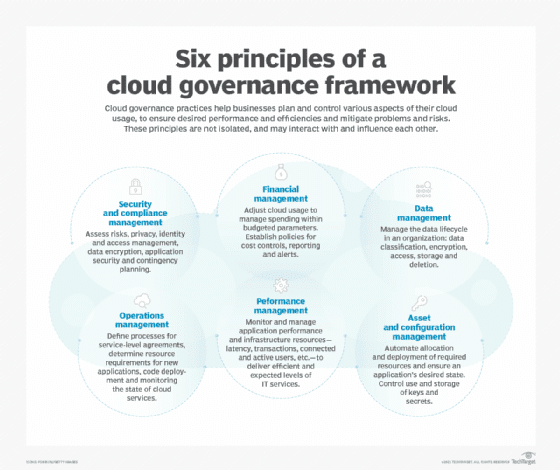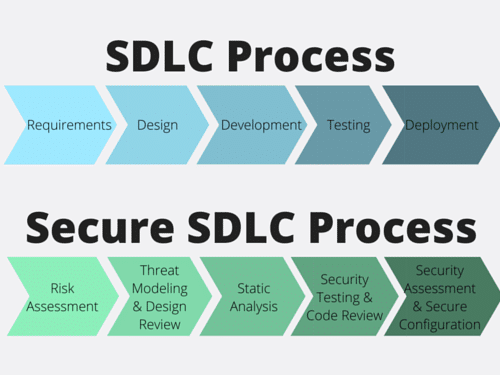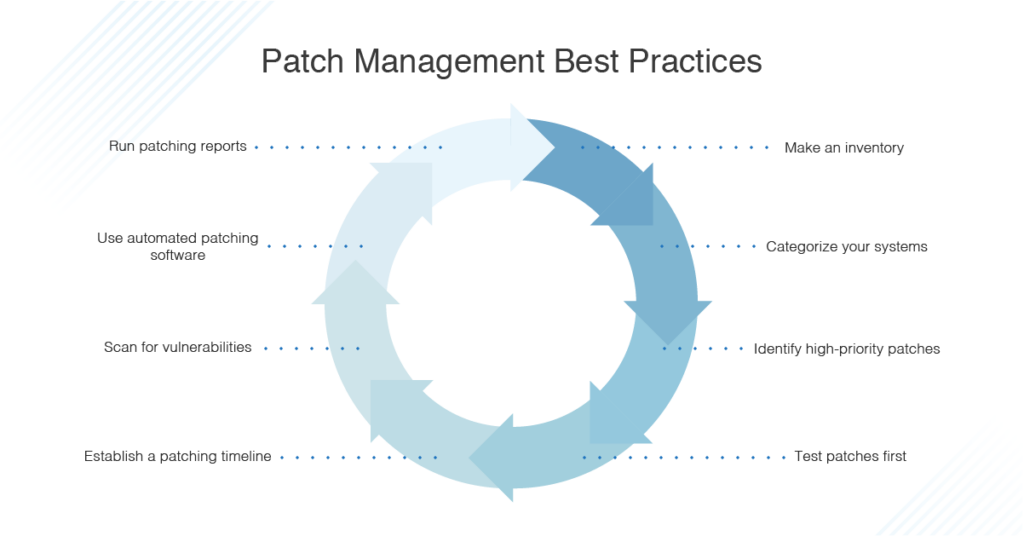Top 12 Open Source Code Security Tools
Open source software is everywhere. From your server to your fitness band. And it’s only becoming more common as over 90% of developers acknowledge using open
Step into a future where your business isn’t just operating in the cloud – it’s thriving there, bulletproofing customer trust and data like a fortress in the sky. It sounds like something from a sci-fi novel, but guess what? With the magic of cloud compliance, this futuristic vision is already coming to life.
The cloud is home to 83% across the globe. As companies ditch their old-school, on-premise data dungeons for these dynamic, digital landscapes, cloud compliance isn’t just important – it’s a game-changer.
This article discusses what cloud compliance is, its role in fostering ethical data handling, and the essential principles that guarantee organizations’ cloud compliance success.
Cloud compliance means adhering to the regulatory standards for using the cloud according to industry guidelines and associated laws. It is a set of rules that ensures every cloud provider is on the same page concerning data protection, privacy, and operational practices. By adhering to cloud compliance regulations, organizations can show their dedication to ethical data handling, win the trust of their clients and partners, and prioritize what is important.
Cloud compliance frameworks have emerged in the last few years, offering structured guidelines and practices to help providers navigate cloud-based operations. Some of these frameworks are:
GDPR, a fairly recent regulation targeting the advertising industry mostly, created and approved by the European Union on May 25, 2018, is a law governing the privacy of personal information in the EU and the EEA. As long as organizations target and collect data related to EU citizens, they must adhere to the regulations outlined in GDPR.

Established in 2011, FedRAMP is a United States government-wide compliance program that standardizes the security assessment, authorization, and continuous monitoring processes for cloud products and services. For organizations aiming to collaborate with federal agencies, meeting the FedRAMP cloud-specific data security regulations is an essential requirement.
Developed by the International Organization for Standards, ISO 27000 is a family of international guidelines and best practices for information security management systems. These standards help organizations establish, implement, monitor, and improve a systematic approach to managing the security of their information assets.
The ISO 27000 includes many other standards like ISO 27001, ISO 27002, ISO 27003, and many more, but every variation helps companies demonstrate that they take data protection seriously. Other industries have their own ISO standards, such as the energy industry’s ISO 50001.
Jointly created in 2004 by Visa, MasterCard, American Express, Discover, and JCB, PCI DSS is a set of security standards established to safeguard credit, debit, and cash card transactions and protect cardholders against misuse of their personal information, such as credit card skimming attacks. Remaining PCI compliant means organizations must follow the necessary steps to protect payment card transactions and cardholder information.
As technology evolves, cloud compliance and security have become more complex and challenging, making it a less appealing task for organizations. Nonetheless, adopting cloud compliance brings a range of advantages.
Over a third of organizations have experienced a data breach in their cloud environment this year. Thankfully, compliance frameworks help ensure the security of sensitive data like PII and PHI, as well as company secrets and passwords. Adhering to these cloud compliance guidelines shows customers that your organization can be trusted with their data.
Embracing cloud compliance frameworks enables organizations to streamline their resource allocation. 82% of organizations consider managing cloud costs as their primary cloud security challenge. Organizations can direct their focus toward priorities by aligning cloud resources with compliance requirements, effectively minimizing unnecessary expenses.
Specific rules governing data storage, processing, and privacy apply to different industries. By achieving cloud compliance, a company can reduce the risk of facing legal repercussions and regulatory fines by ensuring its cloud activities comply with these rules.
While achieving cloud compliance success can be challenging, here are some essential steps you can follow.
A secure development lifecycle emphasizes integrating security practices into every stage of software development. This approach to securely developing software helps you to preempt vulnerabilities, mitigate risks, and streamline efforts. In the last few years, some security-centric frameworks have sprung up to help organizations avoid damaging security incidents, including ISO 27001, NIST cybersecurity frameworks, CIS controls, etc.

IaC enables organizations to deploy standardized, compliant setups across diverse cloud environments by encapsulating infrastructure configurations in code. The IaC approach (plus the up-and-coming policy-as-code approach) promotes consistency, repeatability, and traceability of infrastructure changes, making it easier to maintain compliance.
Therefore, the code can be versioned and audited, guaranteeing compliance standards are consistently satisfied and offering a clear record of previous configurations for regulatory purposes. IaC also centralizes infrastructure management, making it easier to apply security controls and regulatory requirements and lowering the possibility of errors that could result in non-compliance.
Automated testing is a big part of ensuring cloud compliance success. It is the practice of automatically testing code and infrastructure by scanning security vulnerabilities, misconfigurations, and code flaws early in development before they snowball into real and damaging issues.
The cloud as we know it is complex and diverse, hosting a vast array of services and resources. Monitoring and logging captures and records events, actions, and changes, allowing organizations to always remain audit-ready, which is the foundation for compliance. When logging and monitoring, it is advisable to define clear criteria that determine what should be logged and monitored. To do this, you can consider security and compliance requirements, ensure all the relevant activities are recorded accurately, and perform the following four steps:
Patch management is the practice of regularly updating and adding security patches to our software and system. A well-thought-out patch management strategy ensures that security vulnerabilities are promptly remediated, reducing the risk of malicious exploitation.

Application Programming Interfaces (APIs) act as a bridge, enabling interaction and communication between software systems and services. Security is crucial as these APIs are gateways to sensitive data and functionalities. Organizations must adhere to best practices such as authentication, authorization, input validation, and encryption to protect APIs from unauthorized access and attacks.
Incident response is the proactive approach to responding to and handling security breaches. Organizations can reduce the impact of security incidents on data integrity and regulatory compliance by adopting explicit incident response policies, which enables them to manage breaches more methodically and prevent compliance violations and reputational harm.
With organizations moving away from traditional on-prem solutions to cloud solutions, cloud compliance has become a cornerstone for organizations striving to maintain data integrity, security, and regulatory adherence.
By adhering to cloud compliance frameworks like GDPR, FedRAMP, ISO 27000, and PCI DSS, organizations establish their commitment to ethical data handling and lay the groundwork for a secure digital future.
To help adhere to these frameworks, you can use tools like Spectral to secure your cloud infrastructure and user data. Spectral scans your public assets (including cloud services) and uncovers shadow resources and security blind spots.
To learn more about Spectral, request a demo today.

Open source software is everywhere. From your server to your fitness band. And it’s only becoming more common as over 90% of developers acknowledge using open

It’s easy to think that our code is secure. Vulnerabilities or potential exploits are often the things we think about last. Most of the time, our

Experiencing a data breach is never pleasant. Just ask any of the hundreds of businesses that suffered a data breach in the past year, exposing billions